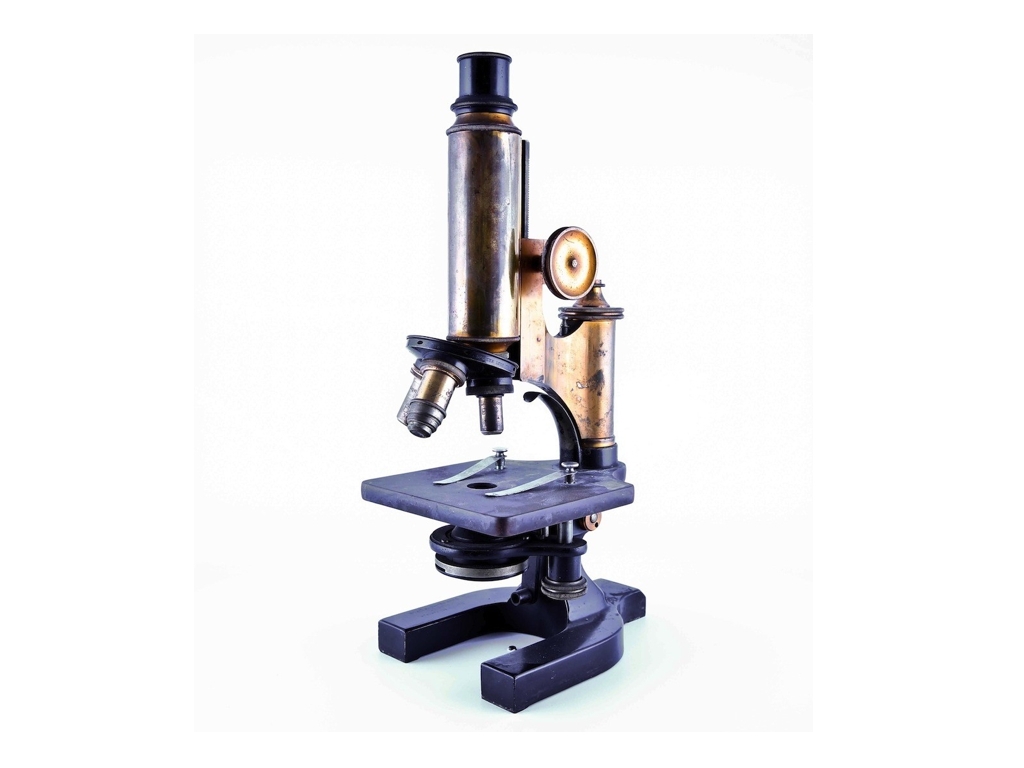A Pioneering Institution in North America
In 1852 the Séminaire de Québec founded North America’s first French-language institution of higher learning. From its historic site in Old Québec, Université Laval educated Québec’s intellectual elite for more than a century. Students and faculty left in the 1950s when the university moved to a new suburban campus, but are back now, walking the original halls of the institution.
A French-language university in America
At the time the Conference of Catholic Bishops met in Québec City in 1851, young French-speaking men who wanted a university education had to choose between two English institutions—McGill, in Montréal, or Bishop’s, in Sherbrooke. To rectify this situation that penalized French-speaking students, the bishops pressed the superior of the Séminaire de Québec, Louis-Jacques Casault, to found a university.
Casault took quick action to establish a Québec City university affiliated with the Séminaire and named after its founder, François de Laval.
The project was approved by the religious and colonial authorities. Granted a charter by Queen Victoria of England, Université Laval was officially created in 1852. The following year Pope Pie IX gave the archbishop of Québec the power to confer degrees in theology. The institution opened in 1854 and was a developmental turning point for the French-speaking majority in Québec.
Modern architecture
Séminaire officials had the buildings that would house the university constructed on land the Séminaire owned in the Upper Town near their Petit Séminaire, where a classical curriculum was taught. From 1852 to 1856, three buildings sprouted on the new rue de l’Université: the main building, the school of medicine, and the residence. Two were designed by Québec architect Charles Baillairgé, known for his innovative ideas.
Baillairgé used an American style for the main building, which, with its five storeys, would become one of Québec City’s most imposing edifices. It was also the first building in the city to have iron columns as a structural element that freed up more space inside. The scale of the project was such that the architect had to invent a steam-powered machine to hoist the 160 tons of material needed to construct the building.
The architect gave the main building a flat roof, the first in Québec City. However, not everyone was pleased, and the roof proved ill suited to the abundant snow that fell every winter. In 1875 Joseph-Ferdinand Peachy, a student of Baillairgé’s, added a mansard roof topped with a massive central pinnacle flanked by two lateral pinnacles that would dominate Québec’s skyline.
Adapting to the times
At first, the education dispensed at Université Laval was based on the French model. Students chose from among four faculties: medicine, law, theology, or the arts, which included anything that did not belong to the three other categories. A classical curriculum was a prerequisite. This kind of education was intended for anyone aspiring to the liberal professions.
Throughout the 20th century, other areas of study were added, starting with advanced technical fields and later, science and technology. Enrolment went from 300 in 1902 to over 4,000 in 1952. At this point, the buildings on rue de l’Université became overcrowded. Several schools, faculties, and services had already spilled over into neighbouring buildings. The new campus that was badly needed would be situated in Sainte-Foy, on land where Université Laval still stands today.
Back to its roots
The part of Old Québec known as the Latin Quarter—the core of the city’s intellectual life—was hard hit by the departure of the students and professors. But today the buildings once occupied by Université Laval have resumed their educational mission. Collège François-de-Laval, formerly the Petit Séminaire de Québec, is housed where the school of medicine used to be, and Université Laval’s archeology laboratories take up part of what was once the main building. Various symposia and scholarly conferences are held in this historic venue.
Related medias
Artifact

Late 19th century. Université Laval collection.
Old pictures